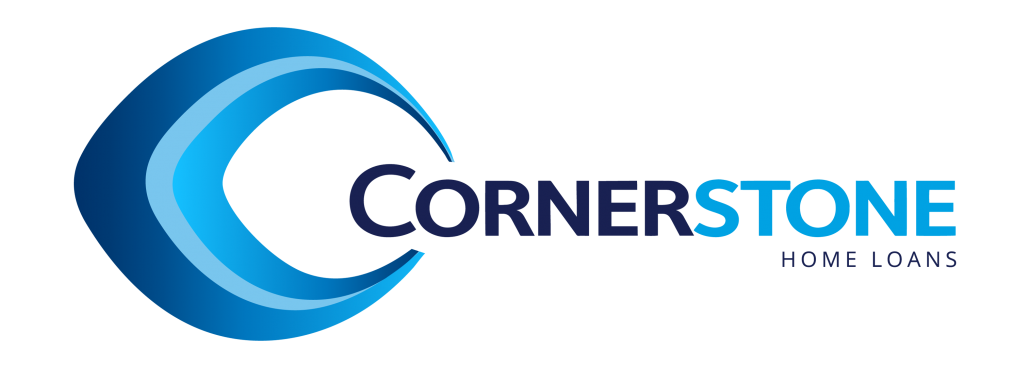Let’s go shopping: is now the time to refinance?
Australia’s cash rate is at its lowest level in history. Does that mean the time is right to make the most of the low cash rate environment and refinance your mortgage?
When discussing the Reserve Bank of Australia’s February decision to hold rates, Governor Philip Lowe was unambiguous in his take. If you took your loan out a while ago, he explained, it is worth shopping around and checking in with your lender to see if it can now give you a bigger discount. It may pay to listen.
While we were already at record lows, the decision by the RBA this month to lower the cash rate even further to 0.5% sets a new low. With unemployment rising 0.2% to 5.3% in January, and the effects of coronavirus and bushfires becoming more apparent, the RBA is using what it has at its disposal – monetary policy – to try and boost the economy.
With this decision in mind, it’s worth looking at the market and seeing if you can take advantage of the low-interest-rate environment as an existing home loan customer.
Refinancing your mortgage can be beneficial in several ways. It can give you a better interest rate saving you money, allow you to access improved loan features, or be used as a way to consolidate several debts into one mortgage.
“If you are a responsible borrower, your current bank will be keen to retain your business … it can be as simple as just asking.”
When rates have dropped, the big four banks haven’t always passed on the rate cut in full. But neo-banks, for example, Athena, make a point of passing on the rate cuts in full, and regional banks, credit unions and other some lenders passed on the October 0.25% cut in full. All of which have lead to a very competitive market for home loans. The upshot is your bank might be eager to keep your business if you show signs of leaving. Or you could find a better deal somewhere else.
How much could you save?
As the RBA says in its February statement, Australians with older variable rate home loans have higher interest rates than those with newer loans. They found if your loan is more than four years old, that could mean an interest rate 40 basis points higher than a new loan. And your loan is older than that, your situation could be even more disadvantageous.
Also, banks are offering even greater discounts to their advertised standard variable rates, the statement said. These cuts can be as high as 1.5 per cent, compared to one per cent five years ago.
“Most individual borrowers are offered, or may be able to negotiate, further discounts on the interest rate applied to their loan,” the RBA noted.
Should I stay or should I go?
With increased competition comes the choice of whether to move to a new lender with a better rate or to use that better rate as leverage to refinance with your current bank. APRA’s home loan rule relaxation has reduced the barriers for borrowers to switch lenders, and if you are a responsible borrower, your current bank will be keen to retain your business. They may offer discounts to increase customer retention and save on marketing and promotional costs. It can be as simple as just asking, and although as recently as November the total value of home loans switched was down by two per cent to $9.63 billion it seems the lower cash rate will spur more refinancing.
Conversely, there are advantages to staying at your current bank. You can avoid fees, like discharge fees or early exit fees. A new lender might charge fees too, such as application, settlement and valuation fees.
If you can’t negotiate a new rate, switching to a new bank may be the answer. One advantage of that process is that your new bank will often take care of the exchange for you, paying out the existing loan and instructing the other bank to release the security and title without you having to be part of the process.
How to refinance
You’ll need to have all the documentation and competitor knowledge necessary to negotiate a refinance. Find your loan details, including the interest rate, mortgage balance, monthly repayment and discharge fee, and compare it to the market. How long does it take to recoup the switching costs? Can you pay off the loan faster? Be honest about the financial realities, and whether your credit score is attractive to a new lender.
For documentation, ensure you have 100 points of identification, such as an Australian passport and driver’s licence. You will also need evidence of where you live, and payslips from the past two months and six months’ worth of bank statements, or two years of profit and loss statements and personal income tax returns if you are self-employed.
When you are fully prepared, you can negotiate confidently with your bank or a new lender.
Alternatively, a good broker will be able to provide advice about the best loan and features for you, and how much you can borrow. They can also help with assessing the different loans in the market and guide you through the refinancing process towards the best outcome.




